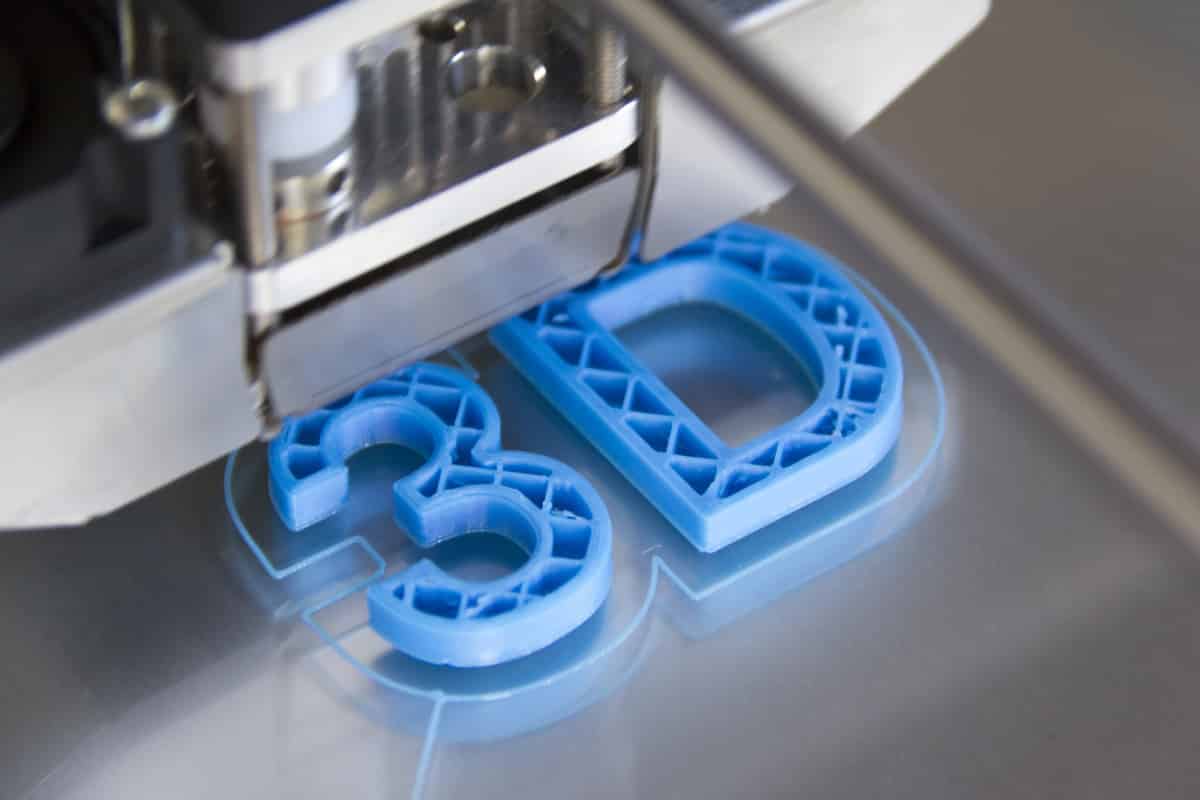In today’s fast-paced world, the printing industry is experiencing a significant transformation, especially with the integration of advanced technologies like RFID in printing. This innovation not only enhances efficiency but also provides new opportunities for businesses to streamline operations and enhance customer satisfaction. As the demand for more intelligent and connected solutions continues to grow, understanding how RFID can be applied in printing becomes crucial for stakeholders aiming to leverage this technology.Intelligent printing systems are now incorporating RFID to offer smarter solutions.

The Role of RFID in Modern Printing
RFID technology, or Radio Frequency Identification, is used to automatically identify and track tags attached to objects using electromagnetic fields. In the context of printing, RFID in printing serves several purposes. It optimizes the tracking of printed materials, enhances security by preventing counterfeiting, and streamlines the logistics involved in managing print materials.
Benefits of Implementing RFID in Printing
With RFID, businesses can witness increased operational efficiency. The automation of tracking processes reduces human error and frees up resources that can be redirected towards more strategic activities. Moreover, RFID technology offers improved inventory management, real-time visibility of printing operations, and enhanced customer experience by ensuring prompt delivery and quality.
Applications of RFID in Printing
Applications of RFID in the printing industry are diverse and continue to expand as technology evolves. Common applications include:
Tracking Printed Materials
By embedding RFID tags into printed materials, it becomes easier to track their location, monitor inventory levels, and ensure that they are delivered to the right customers. This is particularly useful for businesses that handle large volumes of printed materials.
Preventing Counterfeiting
The security offered by RFID tagging helps businesses protect intellectual property rights. RFID tags can verify the authenticity of products and documents, thus reducing the risk of counterfeiting in valuable publications.
Streamlined Logistics
With the ability to automate the logistics process, RFID in printing ensures seamless coordination across the supply chain. This technology facilitates easy tracking of printed materials and inventory management that is both precise and timely.
How RFID Enhances Efficiency in Printing
The integration of RFID in printing processes results in enhanced operational efficiency. Automating data collection minimizes the likelihood of errors, saves time, and reduces labor costs. Businesses can reap significant cost savings by reducing waste through optimized inventory management.
Reducing Waste with RFID
Waste reduction is one of the prime advantages of this technology. By providing accurate real-time data, RFID helps businesses avoid overproduction and excessive use of resources. The system accurately forecasts demand, ensuring printing projects align closely with client requirements.
Security and Compliance Benefits
RFID not only boosts efficiency but also strengthens security and compliance within the printing industry. The traceability feature provided by RFID assists in ensuring that the printing processes comply with industry standards and regulations.Smart printer connectivity further strengthens security and compliance measures.
Compliance with Regulations
By integrating RFID, printing businesses ensure adherence to legal and environmental regulations. This results in an overall improvement in credibility and customer trust.
Opportunities for Future Developments
With the proliferation of Internet of Things (IoT) platforms, the potential for innovation in the RFID in printing domain is enormous. Further advancements could integrate more sophisticated technologies like machine learning and data analytics to enhance the capabilities of RFID applications in printing processes.
Integrating IoT with RFID
The intersection of the IoT framework with RFID technology can significantly elevate the printing industry’s efficiency. Future developments may focus on utilizing real-time data analytics to fine-tune printing operations on the fly.This article on 3D printing IoT delves deeper into how data enhances business operations.
Implementing Machine Learning
Machine learning algorithms could take RFID-generated data to predict potential equipment failures and recommend proactive maintenance, thus reducing downtime and associated costs.
Challenges of RFID Adoption
Despite the notable advantages, the widespread adoption of RFID technology in printing encounters several challenges. These include the initial setup costs, technical complexities, and the need for comprehensive training for personnel.
Cost Implications
The initial investment in RFID systems can be substantial, especially for small and medium-sized enterprises. The high cost of RFID tags and readers may deter some businesses from adopting this technology at a larger scale. However, the long-term savings in operational costs often justify these expenses.
Overcoming Technical Challenges
Technical challenges related to the integration of RFID systems with existing printing operations may require customized solutions. This involves significant planning, testing, and adjustment to existing processes.IoT for workflow optimization can provide insights into tackling technical challenges effectively.
User Training and Change Management
For successful RFID implementation, adequate training and change management programs are essential. Companies must ensure their workforce is well-versed with new RFID systems and processes to avoid disruptions.
Conclusion
In conclusion, integrating RFID in printing offers transformative potential for businesses looking to improve efficiency, security, and customer service. While the implementation comes with challenges, the rewards are evident in the form of cost savings, improved operational processes, and enhanced customer satisfaction. As RFID technology continues to evolve, the opportunities for making the printing industry smarter and more efficient will undoubtedly expand.

FAQs
What is RFID and how does it work in printing?
RFID is a technology used for identification and tracking through electromagnetic fields. In printing, it aids in the efficient tracking of printed materials and enhances operational logistics.
What are the challenges of implementing RFID in printing?
The main challenges include high initial setup costs, technical complexities, and the need for extensive training for personnel.
How does RFID improve inventory management?
RFID allows real-time tracking of inventory, reducing waste and ensuring that the supply aligns with demand, thereby improving the overall inventory management process.
This article contains affiliate links. We may earn a commission at no extra cost to you.







